Design for IoT drones and sensors
How are drones arranged? By what principle do they work? For anyone who is even a little interested in robotics, these are valid questions. Let’s go into the details.
The drones, or unmanned aerial vehicles (UAV), are aircrafts that flies without a crew. We wanted to create a special drone which has not entered commercial market yet. Our drone is controlled by a voice command and not in the conventional way – by joysticks.
Our aim was to improve the flight experience. The device consists of a minimum number of parts making it light-weight, which makes the customer experience better for indoor use.
Technical features:
Arduino software running on Arduino mini hardware. The Arduino mini is connected to a Bluetooth device which allows a connection with Android devices such as tablets or smart phones for controlling the drone’s flight.
This is the first prototype; the idea was to make it very simple and easy to use as well as to test its functionality and possible application in a range of industries.
Voice command actions:
- Start: Turn on the motors.
- Low: Fly slowly.
- Fast: Fly fast.
- Right / Left: To move the drone to the left or to the right.
- Forward / Behind: To move the drone forward and backward.
MyProductLab had a successful project within creating a practical, easy-and-fun to use application for a wide range of customers.
Distance sensors
Today everybody is talking about the 4th industrial revolution and the Internet of Things. MyProductLab together with engineer Pablo aimed to create a clear usability case for Industry 4.0.
Presenting a Distance sensor! 🙂
The distance sensor is an instant and precise measurement device for positioning and detection of a wide range of materials. Using this distance sensor, you can detect how far or how close the object is situated. It recognises materials such as: wood, plastics or glass. Since this an ultrasonic sensor, the colour of the object does not affect the recognition process, it still detects and sends the signal to the sensor. We designed and rapid prototyped the casing for the sensors.)
Practical implications:
- Ultrasonic sensors can detect movement of targets and measure the distance to them in automated factories and process plants.
- Security – intruder or proximity detection when a person or object comes to close to the sensor.
- Widely used in cars as parking sensors to aid the driver when reversing into parking spaces.
Industry 4.0 and Internet of Things
Industry 4.0 and IoT devices are continuing to help people within daily activities as well as foster future of productivity and growth in manufacturing industries. MyProductLab is continuing to support and develop these applications for the real world.
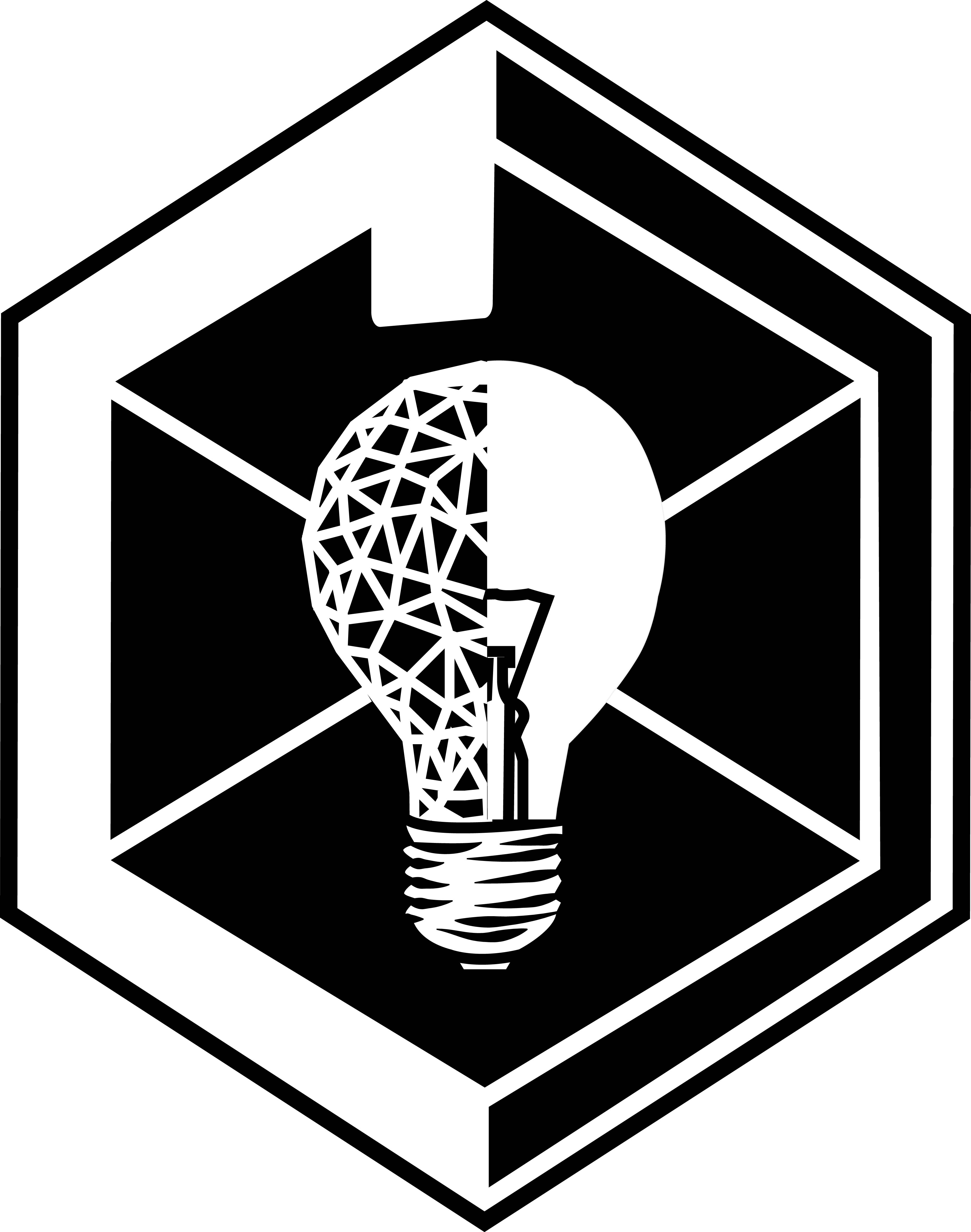

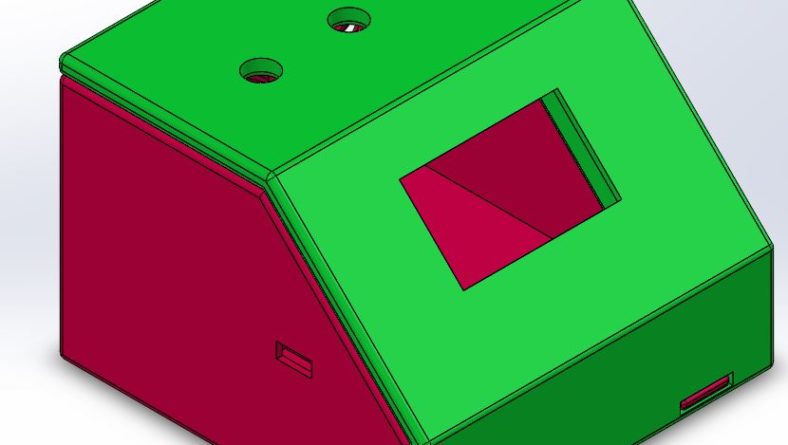
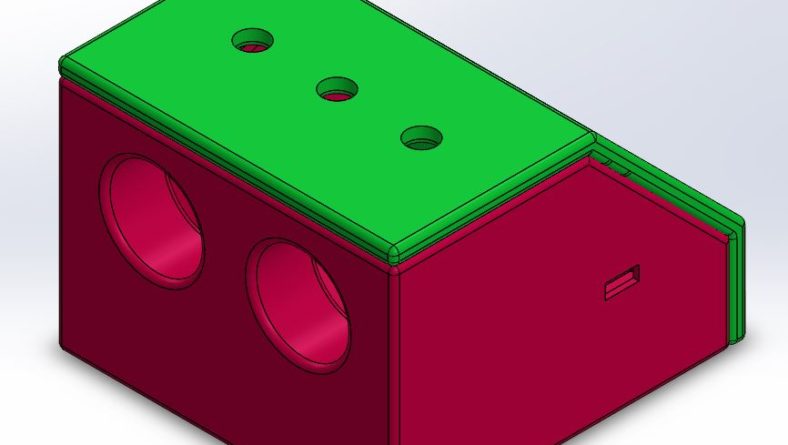
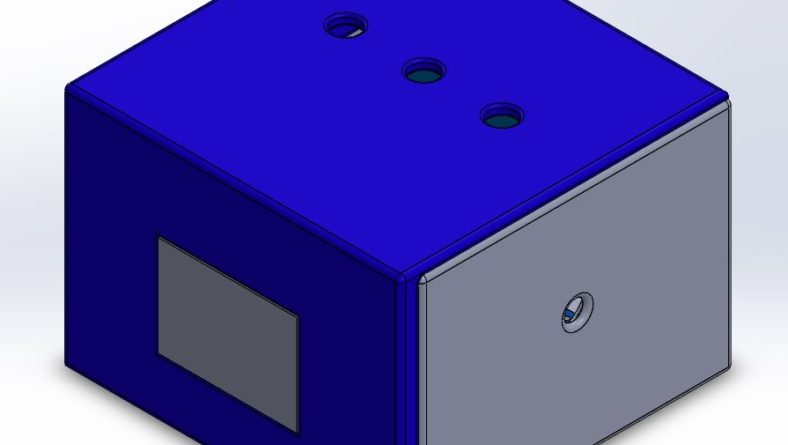
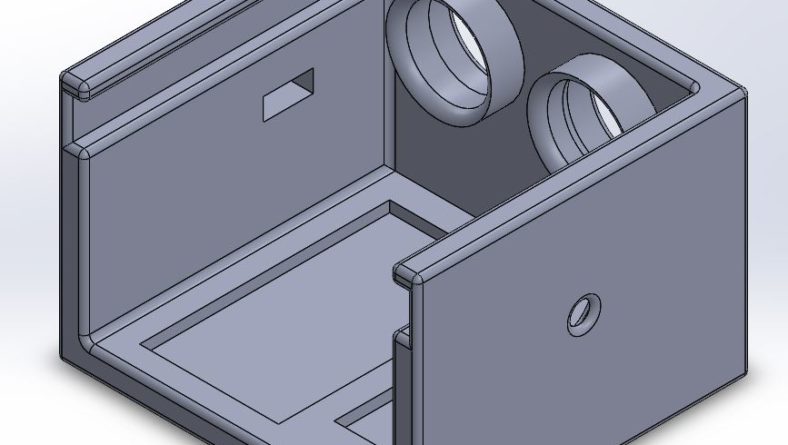
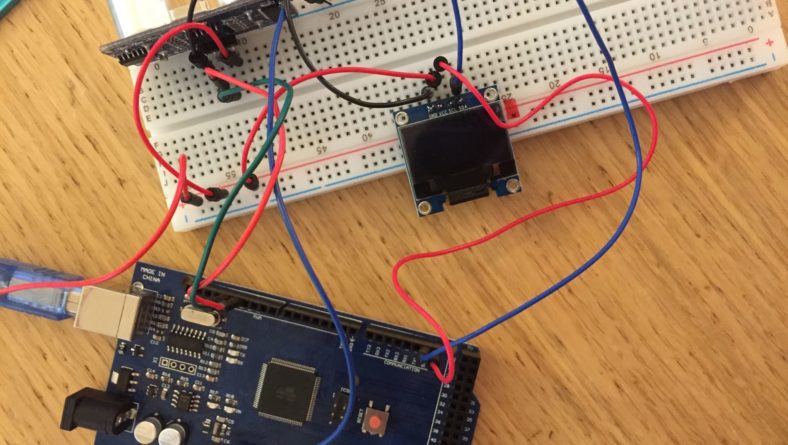
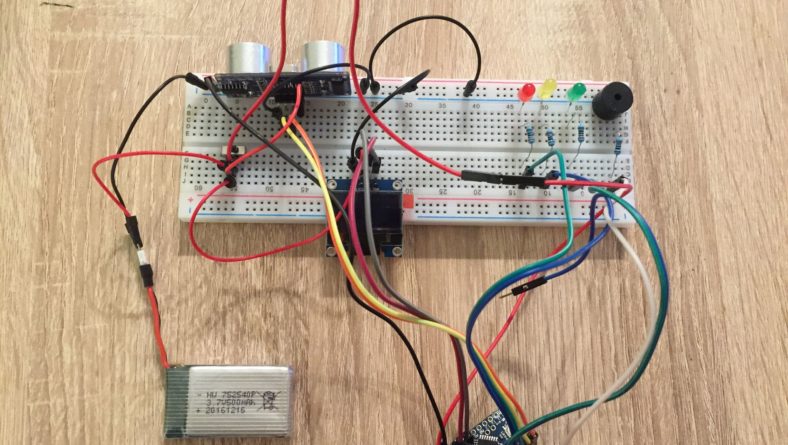



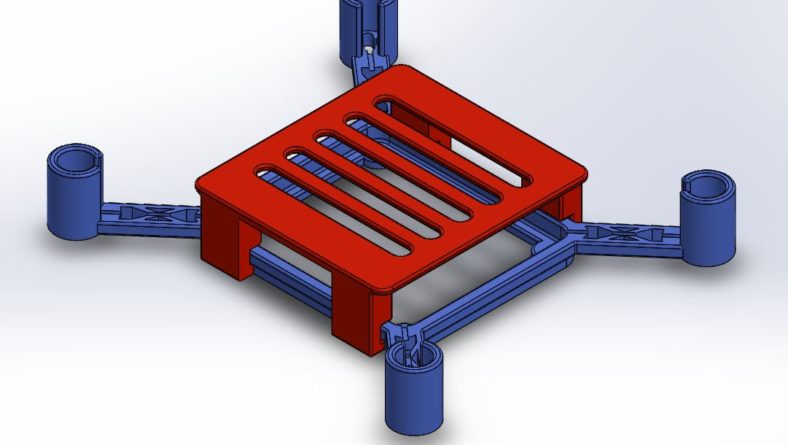
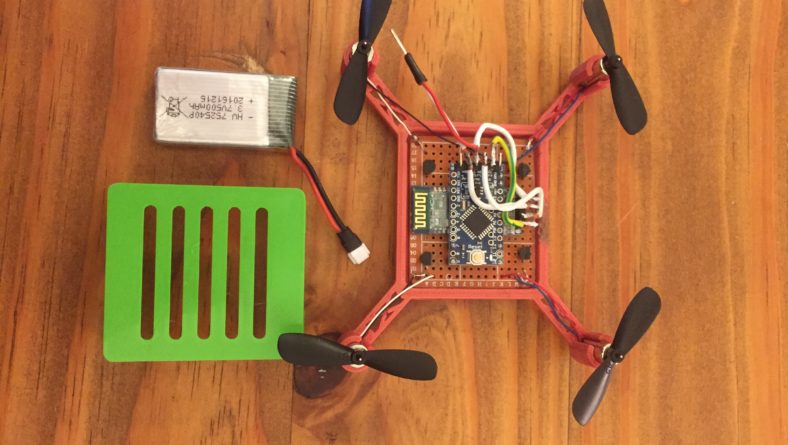
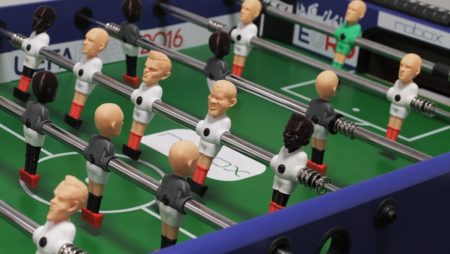


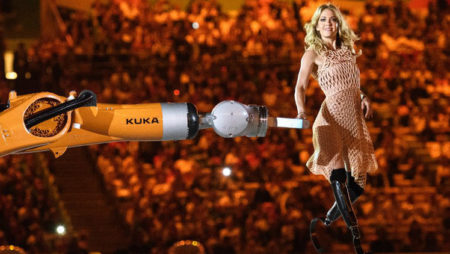

No Comment